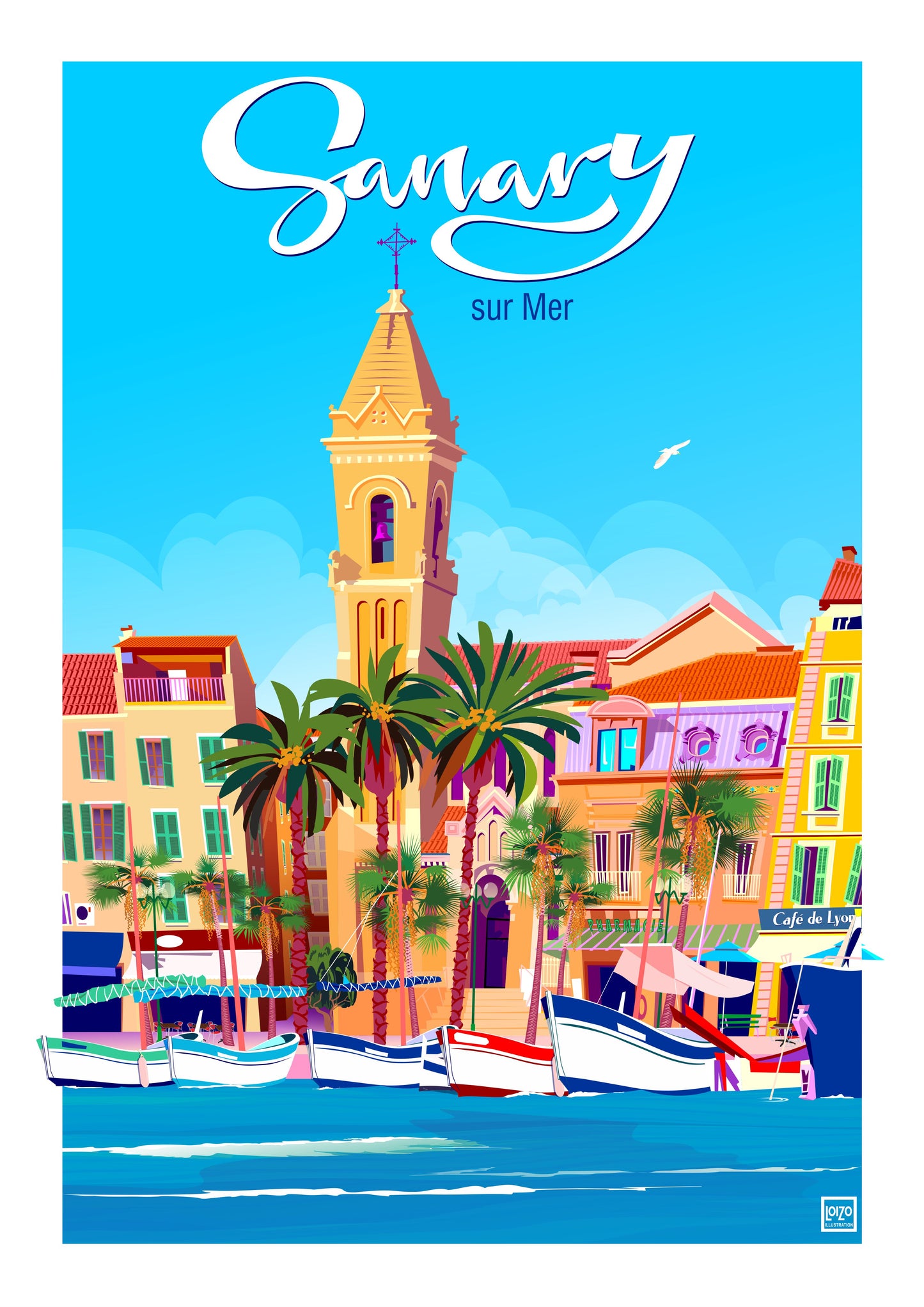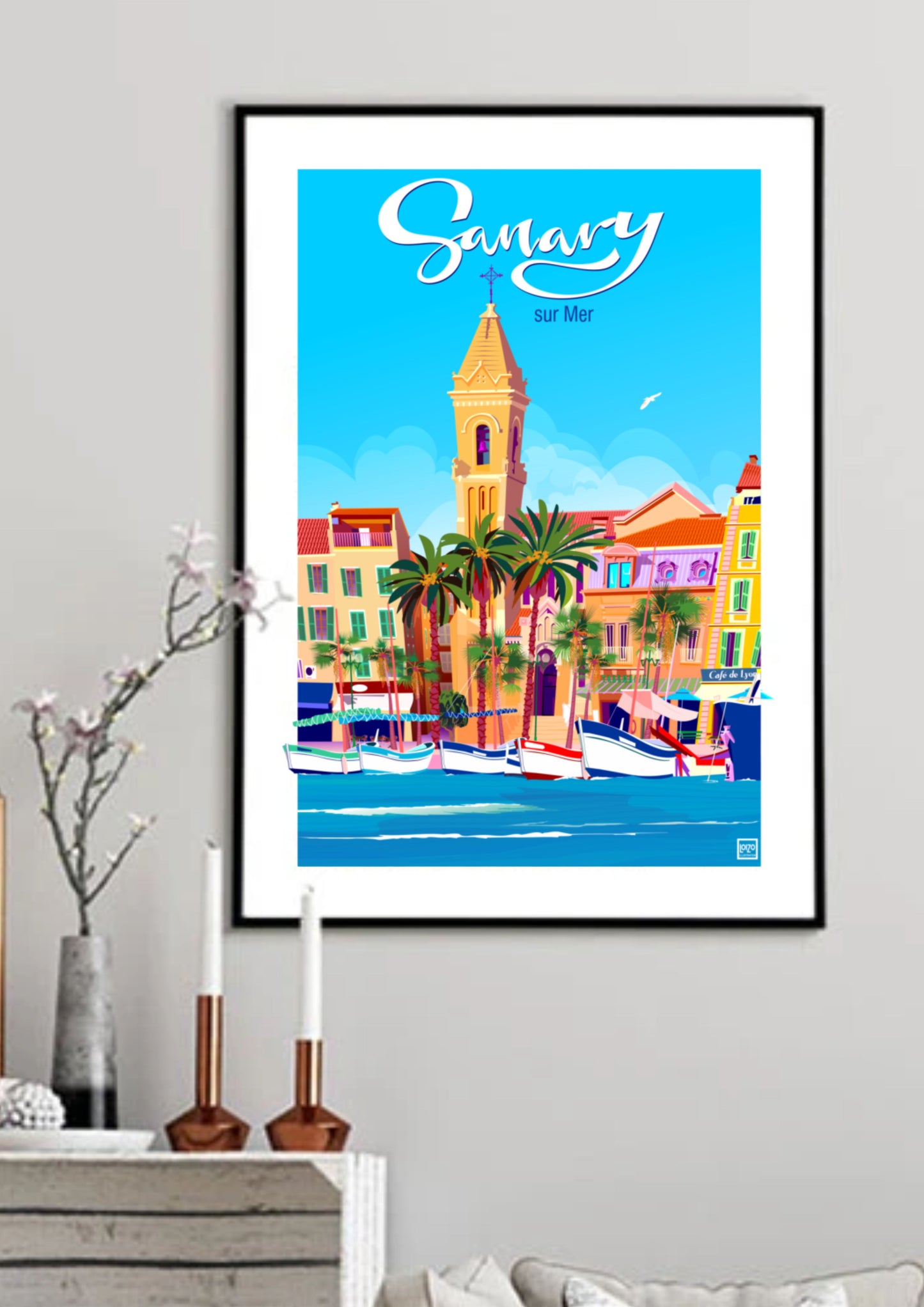Illustration Originale Sanary-Sur-Mer Par Laurent Loiseau - Papier Lithographique 270g
laurent loiseau
Couldn't load pickup availability
Original Loizo illustration, NEW PAPER 270gr Lithographic type.
Signed by the artist and dry stamp of origin affixed.
The name Sanary comes from Provençal, like almost all place names in the commune and in Provence: in Old Provençal (in the Middle Ages), it was called Sant Nazari, which evolved into Sant Nari, then Sanàri. It was spelled San Nari by the commune when it put up signs in Provençal in the 1990s. 25 In Provençal, Sant Nàri means Saint Nazaire. 26,27 Its correct spelling in Provençal is Sanàri. The French translation, Saint Nazaire, was abandoned during the French Revolution, which banned religious names from 1793, and the official name became Sanary again, then Saint Nazaire again upon the return of the monarchy in 1814. The commune finally definitively recovered its authentic name, that is to say its name in Provençal, written in the French way with a final -y, Sanary, in 1890. The administrative name became Sanary-sur-Mer in 1923.
A bit of history
“Term” of separation of Ollioules and Saint-Nazaire, established in 1688 by experts from Aix-en-Provence.
Antiquity and the Middle Ages
Traces of Greek and Roman occupation have been found, particularly in Portissol. Sanary was originally a small fishing port belonging to Ollioules and composed of small wooden huts. It was called La Gobran until the 16th century, when it became Saint-Nazaire. In the 12th century, a priory existed on the site of the current port, dependent on the Abbey of Saint-Victor in Marseille and dedicated to Saint Nazaire. At the end of the 13th century, as a defensive system against Saracen raids, the watchtower currently known as the "Roman Tower" was built.
Frame not included
FREE SHIPPING ON PURCHASES OVER €60!





